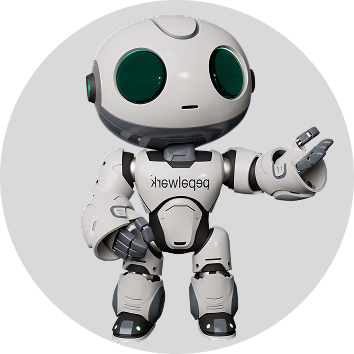The process of selecting the right candidate for a job goes beyond a mere assessment of skills and qualifications. A holistic approach considers the candidate's skills, values, personality traits, and their alignment with the job's requirements. This knowledge base article delves into the intricate connection between these elements and their role in creating a harmonious and productive work environment.
1. Understanding the Key Elements:
A. Skills and Expertise: Candidate skills encompass the technical abilities, knowledge, and proficiencies required to perform the tasks associated with a specific job. A candidate's skills should be directly relevant to the job's responsibilities and expectations.
B. Values and Alignment: Values refer to a candidate's core beliefs, principles, and ethical stance. When a candidate's values are aligned with the company's mission and culture, they are more likely to find fulfillment in their work and contribute positively to the organization.
C. Personality Traits and Compatibility: Personality traits influence how an individual interacts with others, approaches tasks, and handles challenges. A candidate's personality traits should align with the demands of the job and the dynamics of the team.
D. Job Requirements and Responsibilities: Job requirements outline the specific qualifications, skills, and attributes needed to excel in a particular role. These requirements serve as a guideline for assessing a candidate's suitability for the position.
2. The Impact of Holistic Assessment:
A. Enhanced Performance: Candidates who possess the required skills and technical expertise are better equipped to excel in their roles. However, when these skills align with their values and personality, their performance is likely to be exceptional.
B. Improved Job Satisfaction: When a candidate's values resonate with the company's culture, they are more likely to feel a sense of purpose and fulfillment in their work. This leads to higher job satisfaction and lower turnover rates.
C. Seamless Collaboration: Personality traits that match team dynamics foster effective communication, smoother collaboration, and a more cohesive work environment.
3. Strategies for Achieving Balance:
A. Thorough Job Analysis: Conduct a detailed analysis of the job role, identifying the skills, qualifications, and attributes necessary for success.
B. Cultural Alignment Assessment: Define the company's values and assess candidates' alignment with these values during interviews and interactions.
C. Behavioral Interviews: Incorporate behavioral questions that allow candidates to showcase their personality traits and how they align with the job's demands.
D. Skill-Based Assessments: Utilize assessments and tests to evaluate candidates' technical skills and their ability to perform tasks required for the role.
E. Collaborative Hiring Approach: Involve team members and stakeholders in the hiring process to gain multiple perspectives on a candidate's fit across dimensions.
Conclusion:
The intricate interplay between candidate skills, values, personality, and job requirements is pivotal for making informed hiring decisions. Organizations that focus on evaluating these elements holistically are more likely to build a team that not only excels in their roles but also contributes positively to the company's culture and overall success. By creating a synergy between these dimensions, organizations can foster a thriving and cohesive work environment where individuals thrive and collaborate effectively.







